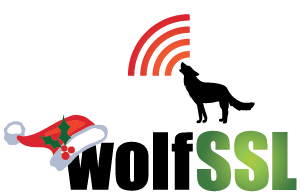ML-KEM (Module Lattice Key Encapsulation Mechanism) is for secure key exchange. ML-KEM enables two parties to establish a shared secret key over an insecure channel.
ML-DSA (Module Lattice Digital Signature Algorithm) is for authentication. ML-DSA allows a signer to generate a digital signature that can be verified by others, ensuring the authenticity and integrity of a message.
Both ML-KEM and ML-DSA are public key algorithms; that is to say, both have a key generation operation that generates a public key and private key.
For ML-KEM, an encapsulation operation uses the public key to generate a secret and ciphertext. The decapsulation operation uses the private key and ciphertext to get the same secret.
For ML-DSA, the private key and a message are used to generate a signature. The public key, message, and signature are used in an operation to verify that the signature of the message was generated by the corresponding private key.
The most important thing they have in common is that they are both post-quantum algorithms that have already been standardized by NIST and can be used TODAY!
In summary, ML-KEM and ML-DSA serve different purposes in cryptography, with ML-KEM focused on secure key transport and ML-DSA focused on digital signatures and authentication, but both protecting against a CRQC (Cryptographically Relevant Quantum Computer).
If you have questions about any of the above, please contact us at facts@wolfssl.com or call us at +1 425 245 8247.
Download wolfSSL Now

